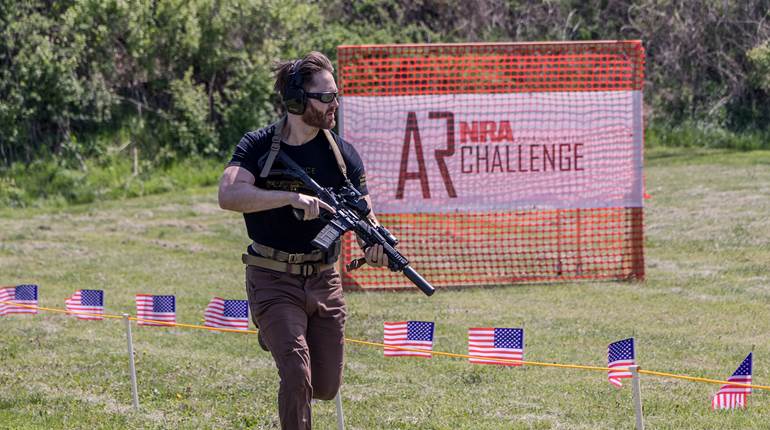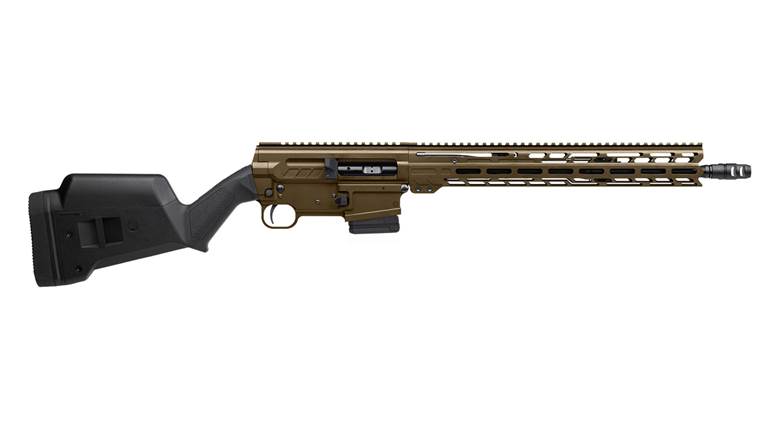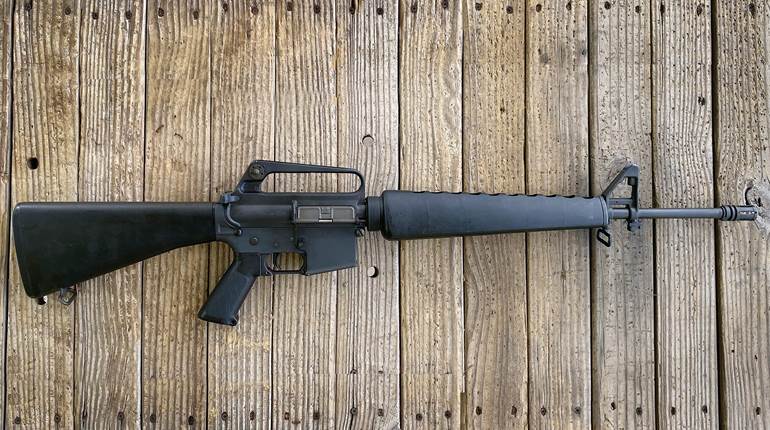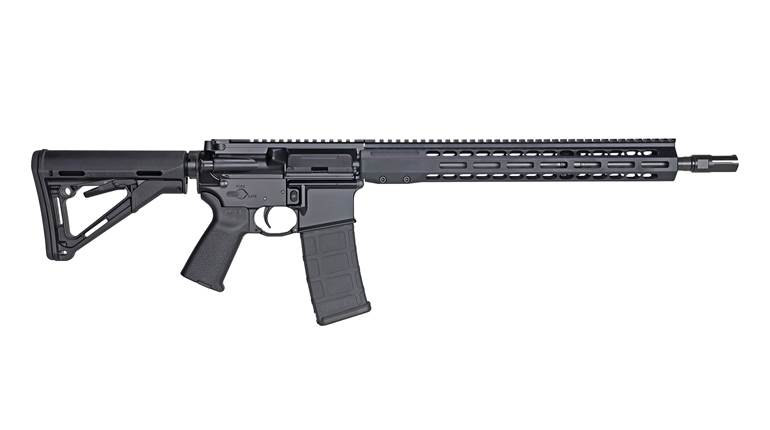
On Sept. 29, 2014, Ruger introduced its AR-556. A press release at the launch explained the rifle is a “…semi-automatic, M4-style, direct impingement Modern Sporting Rifle. With all major components machined at Ruger’s Mayodan, N.C., facility, the AR-556 offers consumers an affordable, American-made Modern Sporting Rifle with the rugged reliability they have come to expect from Ruger.”
That year, one in which it was only available for three months, is the only one since that the AR-556 has not been in Gunbroker.com’s annual top-10 list of semi-automatic rifles—ranked by sales through the website. The continuing popularity speaks volumes about the quality, reliability and performance of the firearm.
Today there are four versions of the 5.56 mm NATO chambered carbines available direct from the factory, as well as a lower receiver only. All are black and the complete guns come with either basic handguards and buttstocks—most of them six-position adjustable—or Magpul MOE furniture. There’s even a pair of state-compliant versions, and MSRPs run from $959 to $1,099. The lower receiver comes in at $399.
Ruger also makes five different distributor-exclusive models, each wearing furniture in different colors. Turquoise, white, flat dark earth and OD green are available with the standard handguard and stock. Another version, in flat dark earth, comes with the Magpul furniture. MSRPs are determined by the distributor and not available on Ruger’s website.
The receivers are forged from 7075-T6 hard-coat anodized aluminum and the 9310 steel bolt is shot-peened and proof tested. The interior of the gas key and carrier are chrome plated.
All complete rifles ship with a 30-round magazine, with the exception of state compliant models, which ship with a 10-round version. The guns feature Ruger’s Rapid Deploy folding rear sight that is windage adjustable. Up front is an A2-style post.
Barrels measure 16.1", the gas block is located at the carbine-length position and rifling rate is 1:8". Barrels are threaded to accept muzzle devices, with the exception of one of the two state compliant models.






































